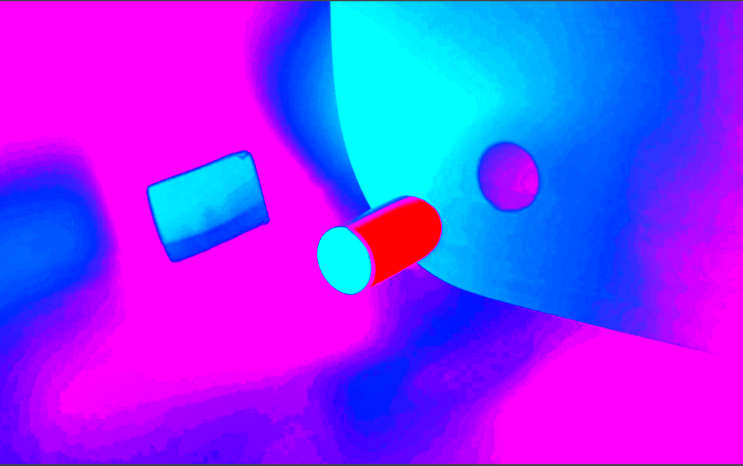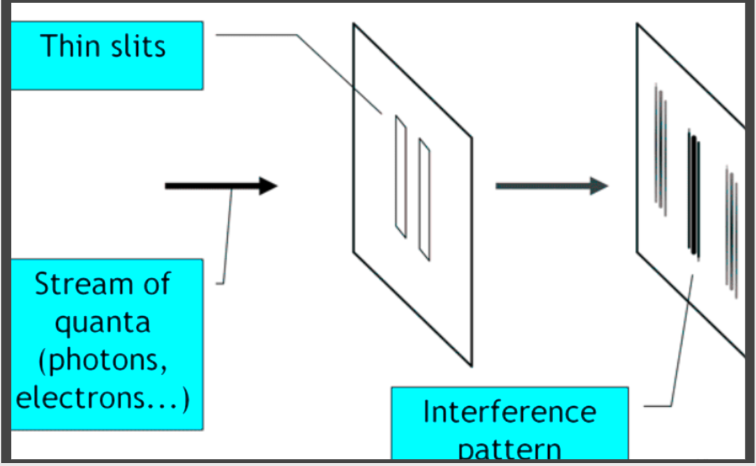The strangely fascinating world of quantum physics

Quantum physics has long had the image of something complicated and difficult to understand. This is justified, but it is not a reason to run away from that world where things do not quite work the way we are used to.
One of the most fascinating things about quantum physics is quantum entanglement.
Fascinating or perhaps creepy, as described by Einstein, but it was for work in this field that three physicists received the Nobel Prize for Physics in October last year. The three were concerned with entangled photons, which behave as a single unit even when they are physically separated, regardless of distance.
This is a convenient moment to add a reminder: the photon is an elementary particle or quantum of electromagnetic radiation, more precisely – light.

Let’s try imagining it as a very, very small particle. So, what is this photon entanglement?
If two photons are entangled and one has a clockwise spin, the other could be anywhere, it will certainly have a counterclockwise spin. This property of quantum physics represents one of the primary properties that is not present in classical physics.
In the classical variant, when you separate particle A from particle B and take them far enough away from each other, they no longer have any connection with each other.
Many perceive quantum physics as overly abstract, but it is far from that. That’s why it’s best to start from something tangible, which when it comes to physics is always experiments!
An experiment that raises more questions than it answers
Probably the most famous of all is the two-slit experiment. The history of this experiment dates back to 1801, but at that time it had nothing to do with quantum physics but served as evidence for the wave nature of light – as many of you hopefully remember from the old school days.
Shrugging the memory loss aside, it’s good to know that at the end of the 20th century, it became one of the most bizarre and shocking experiments in modern science. What is it really about and what does it look like?
In the experiment, photons are fired from a laser cannon through a vertical slit, and an obstacle/display is placed behind the slit on which these particles are collected and on which we see the results.
As we expect, the trace on the barrier is a vertical line that is drawn from the impact of a large number of particles. When we add the second slot, the expected result would be two vertical lines.
Not to disappoint, but the result is not what you’d expect!

The first logical conclusion would be that the particles interfere with each other and that after passing through the slits they collide and spoil the result.
The scientists then fire one photon at a time from the laser, but the result is identical, again we have an interference image.
The only possibility for this to happen is for the photon fired from the laser cannon to pass through both slits at the same time.
Yes, you read that right, at the same time, one particle passes through two openings! After passing, it collides with itself and leaves a mark as if it were a wave.
Scientists immediately wanted to investigate this shocking knowledge further. How can it go through both openings at the same time?
A detector is placed that will record when a photon passes through a slit. However, as soon as the detector is there, the photon again behaves as a particle and not as a wave.
Again, when the detector is removed, all the photons fired make an imprint as if it were a wave. How does a photon know somebody is recording it?
Well, if things are not crazy enough for you up to this point, we have more of that coming your way in the upcoming blogs!
Want to read more about the universe? Visit our blog!

